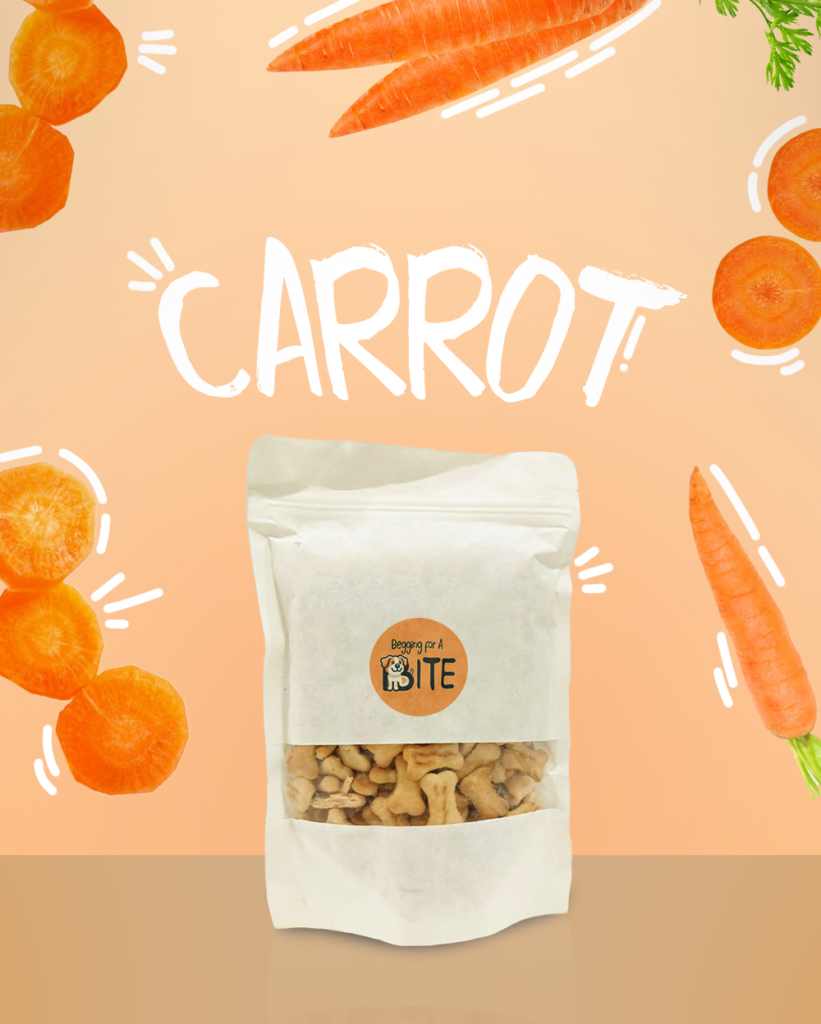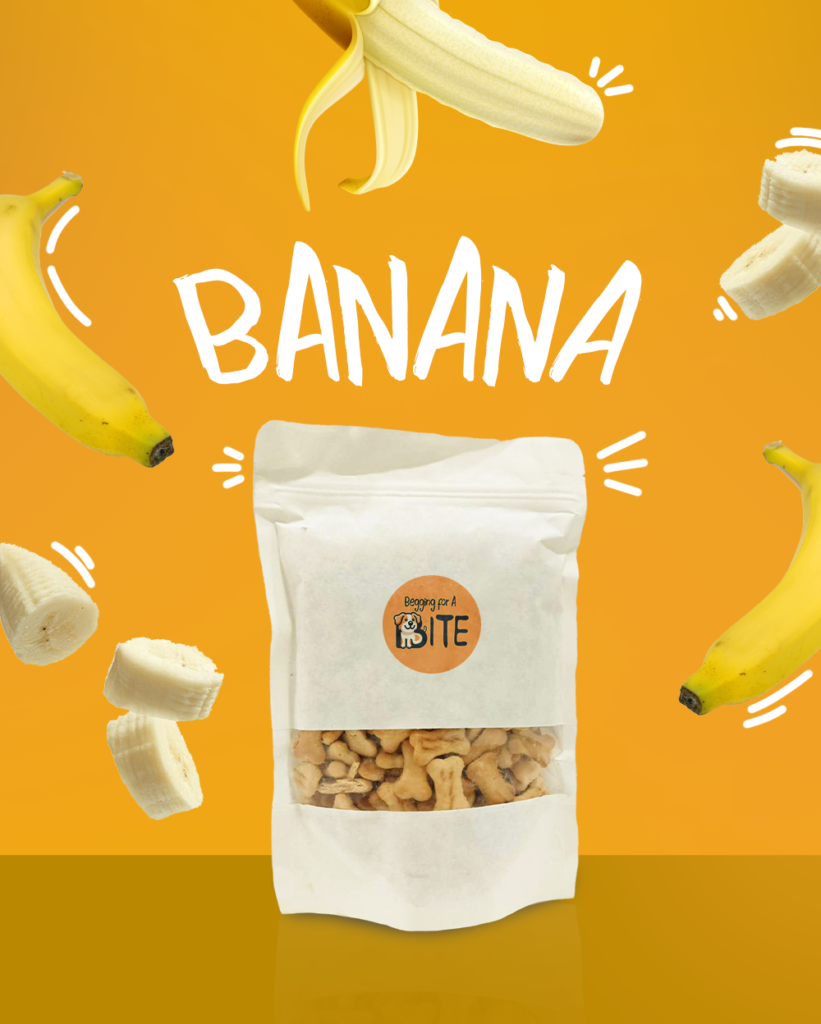Bringing home a puppy is a heartwarming experience, but no one tells you about the endless tufts of fur that seem to take over your home. If you are constantly vacuuming and battling hair on your furniture, don’t worry—you’re not alone. Shedding is a natural process; while you can’t stop it entirely, there are plenty of ways to manage it effectively. In this guide, we’ll explore how to reduce puppy shedding and keep your home as fur-free as possible.
Why Do Puppies Shed So Much?
As puppies grow, they go through a natural shedding phase, where their soft baby fur is replaced with a thicker, more durable adult coat. This process, known as “coat blowing,” can look different for every dog. Some puppies hardly shed at all, while others seem to leave fur on every surface they touch. The amount of shedding depends on several factors, including breed, seasonal changes, diet, and grooming habits.
Here’s a closer look at why puppies shed and what can make it worse:
Breed Type: Some breeds, like Huskies and Labradors, are naturally heavy shedders because of their thick double coats. Others, like Poodles and Maltese, shed very little due to their unique hair texture. Knowing your puppy’s breed can help set expectations for how much they will shed.
Seasonal Changes: Many dogs shed more during the spring and fall as their coats adjust to temperature shifts. In the spring, they lose their thick winter fur to stay cool, and in the fall, they shed their lighter summer coat to prepare for colder weather.
Diet and Health: A puppy’s diet plays a big role in coat health. If they aren’t getting the right balance of nutrients, their fur may become brittle and fall out more than usual. Underlying health issues, such as allergies or skin conditions, can also lead to excessive shedding.
Grooming Habits: Without regular brushing, loose hair builds up in the coat and eventually falls out in larger clumps. Proper grooming helps remove this excess fur before it ends up all over your home.
Now that we know why puppies shed, let’s explore some effective ways to reduce and manage shedding to keep your pup’s coat healthy and your home fur-free.
Regular Brushing: The Ultimate Solution
Regularly brushing your puppy’s coat is one of the best ways to control shedding and keep loose fur from covering your floors, furniture, and clothes. Brushing not only removes excess hair before it falls out but also helps distribute natural oils, keeping your puppy’s coat healthy and shiny.
The type of brush you choose makes a big difference, as different coats require different tools:
Short-haired breeds: A rubber curry brush or a soft bristle brush works best for gently removing loose hair and keeping its coat smooth.
Medium to long-haired breeds: A slicker brush or a de-shedding tool helps reach deeper layers of the coat, preventing tangles and reducing shedding.
Double-coated breeds: An undercoat rake is essential for removing loose fur from the thick underlayer, which helps prevent excessive shedding, especially during seasonal coat changes.
Brushing your puppy at least three to four times a week can make a noticeable difference in shedding, keeping their coat healthier, and your home cleaner.
Feed a High-Quality Diet
A poor diet can significantly contribute to dry skin and excessive shedding in puppies. It is essential to ensure your puppy receives a well-balanced diet that provides all the necessary nutrients to promote a healthy, vibrant coat. When selecting dog food, look for products that are rich in:
Omega-3 and Omega-6 Fatty Acids: These essential fatty acids, commonly found in fish oil and flaxseed, are crucial for maintaining a shiny, healthy coat. Omega-3 fatty acids also have anti-inflammatory properties that can help reduce skin irritation and allergies.
High-Quality Proteins: Proteins sourced from chicken, and fish not only strengthen the hair follicles but also contribute to muscle development and overall growth. A protein-rich diet supports the structural integrity of the hair, making it less prone to breakage and shedding.
A high-quality diet plays a crucial role in maintaining your puppy’s skin and coat health. Nutrient-rich foods that include Omega-3 and Omega-6 fatty acids help keep their coat shiny and reduce excessive shedding, while high-quality proteins strengthen hair follicles and support overall growth. Adding a supplement like Prebiotic ProTopper and Hemp Seed Oil from Beggin For A Bite can further enhance your puppy’s diet by providing essential nutrients and prebiotics that promote better digestion and nutrient absorption, leading to healthier skin and a stronger, more vibrant coat.
Bathing Routine: How Often is Too Often?
Bathing your puppy too often can do more harm than good by stripping away the natural oils that keep their skin healthy, leading to dryness, irritation, and even more shedding. However, when done correctly, bathing can help reduce loose hair and keep their coat clean and fresh.
Here are some important tips for an effective bathing routine:
Choose the right shampoo: Use a gentle, moisturizing dog shampoo that nourishes the skin and prevents irritation. Harsh soaps can dry out your puppy’s coat, making shedding worse.
Find the right balance: Bathing your puppy once every three to four weeks is usually enough to keep them clean without drying out their skin. If they get particularly dirty or smelly, an extra bath is fine, but frequent washing should be avoided.
Rinse thoroughly: Leftover shampoo residue can cause itching and discomfort, which may lead to excessive scratching and more fur falling out. Make sure to rinse your puppy’s coat completely.
Add extra moisture: After bathing, using a leave-in conditioner can help keep your puppy’s coat soft, hydrated, and less prone to breakage.
Try an anti-shedding shampoo: If your puppy sheds heavily, consider using a shampoo designed to reduce shedding. Look for natural ingredients like oatmeal or aloe vera, which soothe the skin and strengthen the coat.
By following these steps, you can keep your puppy’s skin and coat healthy while minimizing shedding safely and effectively.
Hydration and Skin Health
Did you know that dehydration can lead to excessive shedding? When a puppy doesn’t get enough water, their skin can become dry and flaky, causing their fur to become brittle and fall out more easily. Proper hydration is essential for maintaining healthy skin and a strong, shiny coat.
To keep your puppy well-hydrated, always provide fresh, clean water throughout the day. If your pup isn’t naturally drawn to their water bowl, try making hydration more enticing. Adding a scoop of Prebiotic ProTopper to their water not only enhances the flavor but also provides essential nutrients to support digestion, skin health, and overall well-being. With this simple addition, even the pickiest drinkers will be eager to finish every drop!
Managing Shedding with Home Remedies
Natural remedies can be a great addition to your regular grooming routine, helping to reduce shedding and improve your puppy’s coat health. Here are some tried-and-true home solutions that can make a noticeable difference:
Coconut Oil: This natural moisturizer helps lock in hydration, preventing dry, flaky skin and promoting a shiny, healthy coat. Adding a small amount to your puppy’s food can support skin health from the inside out, while gently massaging it onto their coat can provide extra nourishment and softness.
Apple Cider Vinegar Rinse: A diluted apple cider vinegar rinse can be used as a soothing final step after bathing. Mix one part vinegar with three parts water and pour it gently over your puppy’s coat. This helps reduce dander, soothe irritation, and leave the fur looking fresh and glossy. It also has natural antibacterial properties that can benefit overall skin health.
While these remedies help manage shedding and promote healthier skin, the root cause of excessive shedding often lies in digestion. A puppy’s gut health plays a major role in their skin, coat, and overall well-being. Adding supplements like Prebiotic ProTopper and Hemp Seed Oil to their diet provides essential nutrients and prebiotics that enhance digestion and nutrient absorption, leading to stronger, healthier fur and less shedding.
Control Shedding in Your Home
Even with the best care, some shedding is inevitable. To keep your home fur-free, follow these quick tips:
Invest in a good vacuum cleaner expertly crafted for the effective removal of pet hair, ensuring a clean and hair-free environment.
Use furniture covers to protect your sofas and bedding. To effectively safeguard your sofas and bedding from spills, stains, and wear and tear, consider using high-quality protective covers or throws. These protective layers not only preserve the fabric’s integrity but can also be easily removed and cleaned, maintaining the aesthetic appeal of your living space.
Keep a lint roller handy for a rapid and thorough cleanup that swiftly restores order and cleanliness to the space.
Wash pet bedding regularly to significantly minimize the presence of loose fur in the air, one can implement regular grooming routines, utilize specialized vacuum cleaners designed for pet hair, and incorporate air purifiers that effectively capture fine particles. A little proactive effort can go a long way in managing puppy fur effectively.
When to See a Vet About Shedding
While some hair shedding is a natural part of the hair growth cycle, an unusual amount of hair loss can signal potential underlying health problems that may need attention. If you notice bald spots, redness, itching, or changes in coat texture, consult your vet. Conditions such as allergies, which may stem from environmental factors or specific food sensitivities, parasites that can disrupt the digestive system and overall health, or hormonal imbalances caused by issues like thyroid dysfunction or adrenal fatigue, could be significant contributors to the underlying problem. Identifying and addressing these factors is essential for effective treatment and long-term wellness.
Final Thoughts
While shedding can often feel like an inevitable part of life, adopting a thoughtful and proactive strategy can help you manage it effectively. With a few careful adjustments, you can significantly reduce its impact and maintain a more controlled environment around you. Regular grooming, a balanced diet, and proper hydration play a crucial role in how to reduce puppy shedding. Plus, a few smart home strategies can help keep your space fur-free.
Embrace the journey of pet parenthood, shedding and all! With a little effort, you’ll enjoy more cuddle time with your furry friend—without the constant battle against loose hair.
“Want to switch to a vet-recommended, healthy brand? Here we are—Beggin For A Bite—providing vet-approved, super delicious, and healthy treats, along with nutrient-boosting supplements to keep your pup happy and thriving!”




